Innovation
Aston Martin F1 Team begins using new windtunnel as Newey starts making impact
by Samarth Kanal
4min read
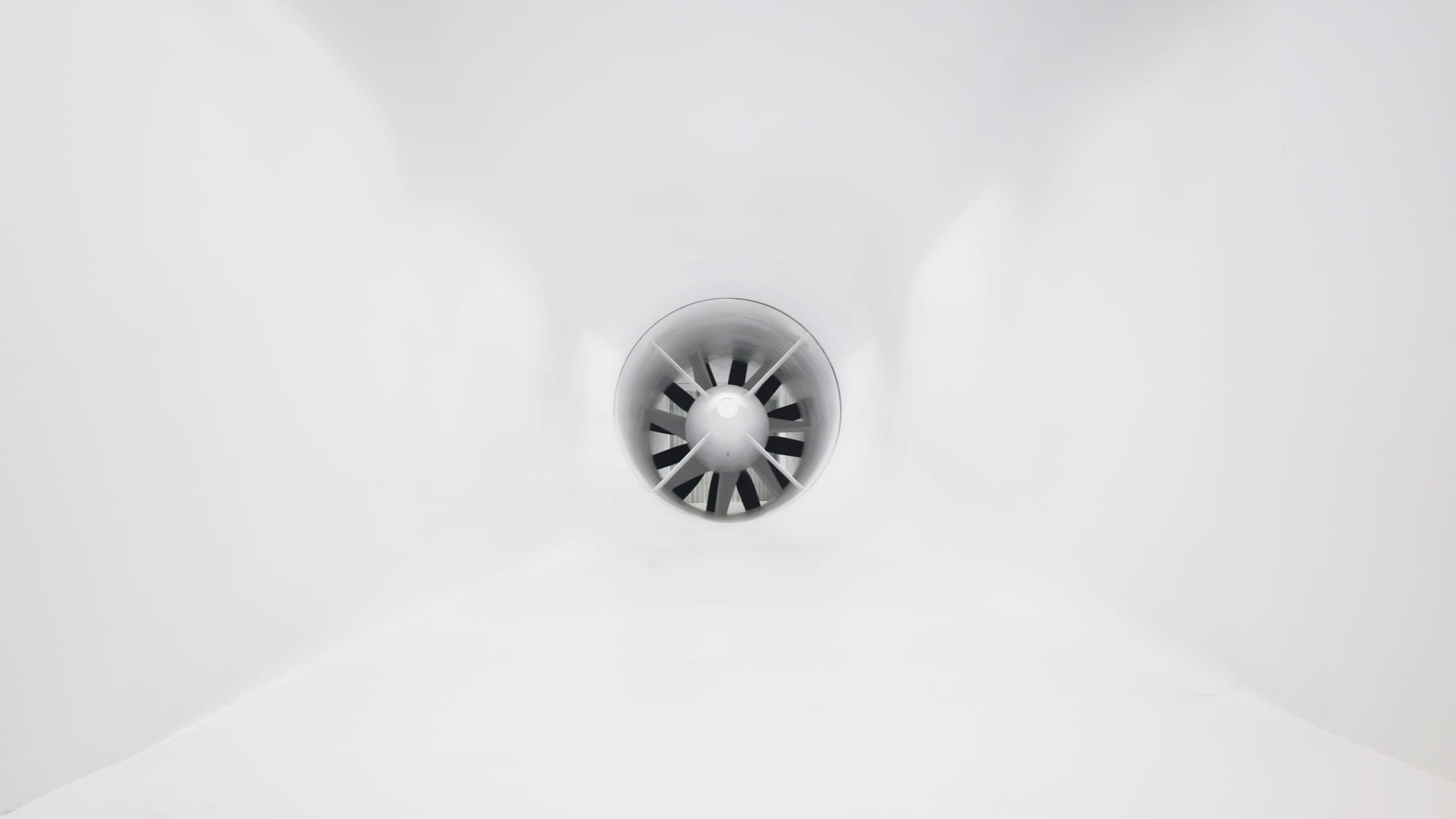
Aston Martin Formula 1 Team has announced that it has begun using the new windtunnel at its F1 headquarters in Silverstone, United Kingdom - while legendary F1 designer Adrian Newey has begun his work at the team.

Sign up for a weekly newsletter and we'll make sure you're fully up-to-date in the world of race technology
The team began moving its staff into the first of its three new buildings in 2023, with the £200 million factory now all but completed.
Significantly, Aston Martin has ceased using Mercedes’s Formula 1 windtunnel at nearby Brackley. Having an in-house windtunnel reduces the amount of time it takes for a team to conduct aerodynamic experiments and analysis - that time being strictly governed by the FIA’s regulations.
After the first practice session of the 2025 F1 season in Australia, CEO and team principal Andy Cowell expanded on the advantage of Aston Martin’s in-house windtunnel.
“It’s got some great technology in the measurement systems and within the model that goes in the tunnel. Having everything in one location… The aerodynamicists don’t even need to put a coat on to go to the windtunnel now; before, it was about loading the model into a van, driving it down a bumpy dual carriageway, and hoping it was still in the same condition at the other end,” he said.
“From an efficiency point, the challenge everybody has of trying to understand what goes on with the aerodynamics on track, compared with the windtunnel, compared with CFD - those three worlds that the aerodynamicists battle with, we believe this new windtunnel gives us greater understanding and greater mechanisms for understanding the flow physics and the streams going over the car.”
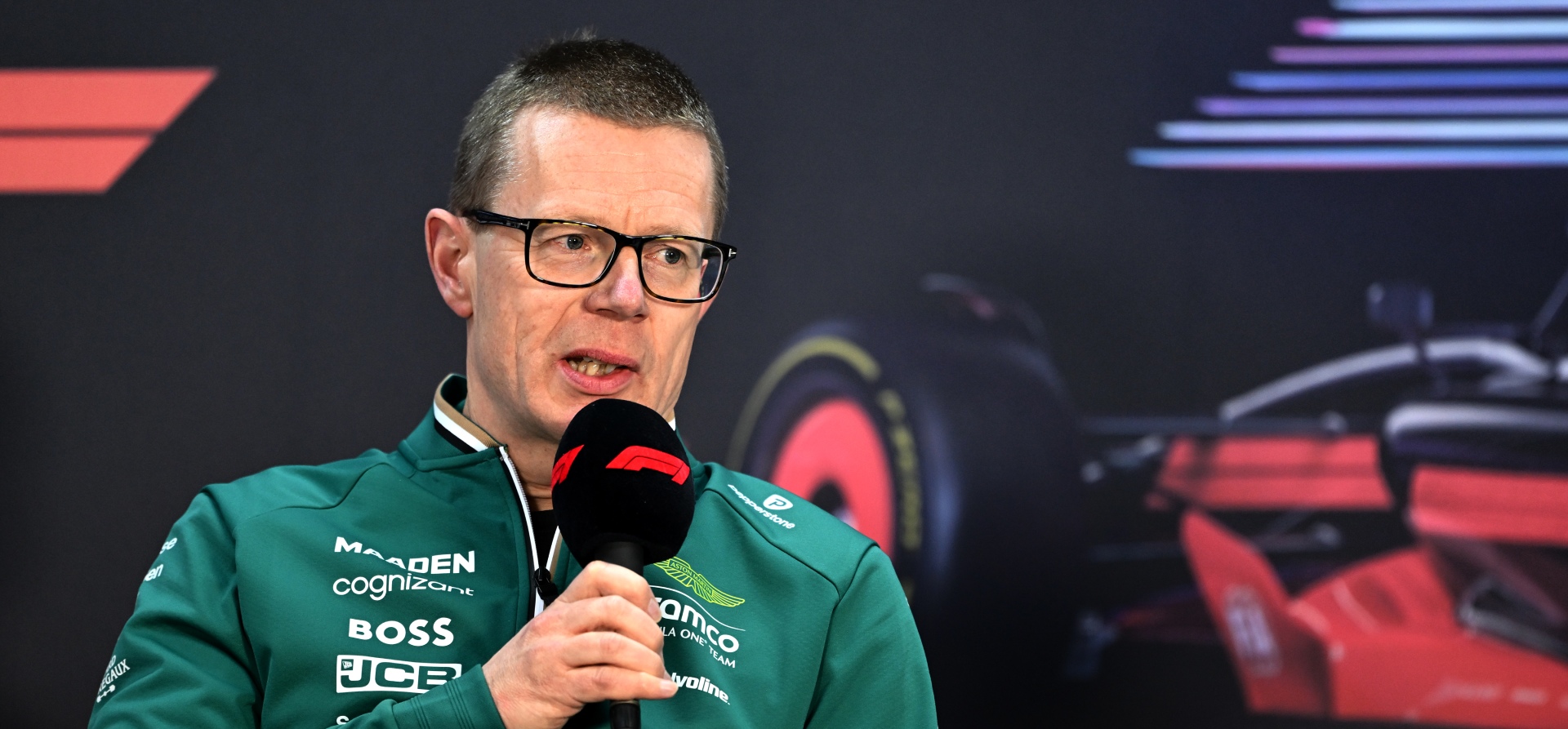
<div>Andy Cowell joined Aston Martin F1 Team as team principal in January 2025<br></div>
“To have everything here under one roof is extremely beneficial for us as we work towards being a fully operational works team from 2026."
The Aston Martin F1 windtunnel is situated in the third of its buildings, the final one to be completed. This is a 60,580 cubic metre facility that also includes additive manufacturing facilities and an area to build the 60% scale model that will be used in the windtunnel itself.
The Silverstone-based F1 team - currently powered by Mercedes - is aiming to become a championship contender with Honda power units, Aramco advanced fuel, Valvoline lubricants, and a gearbox built in-house from 2026.
It has made several key appointments with Cowell replacing Mike Krack as team principal, before legendary F1 designer Adrian Newey began working for Aston Martin on March 3, 2025 in the official role of managing technical partner.
Cowell said to media including Raceteq in Australia that Newey has been "busy drawing layouts on the '26 car" in his first 10 days at Aston Martin.
"Adrian's been with us for 10 days now," said Cowell. "His first day was very low-key. He's an engineer, he's walked in, he's picking up the 2026 regulations, getting into the detail of the work that we've been doing, understanding that, contributing to ideas, [working on] the drawing board.
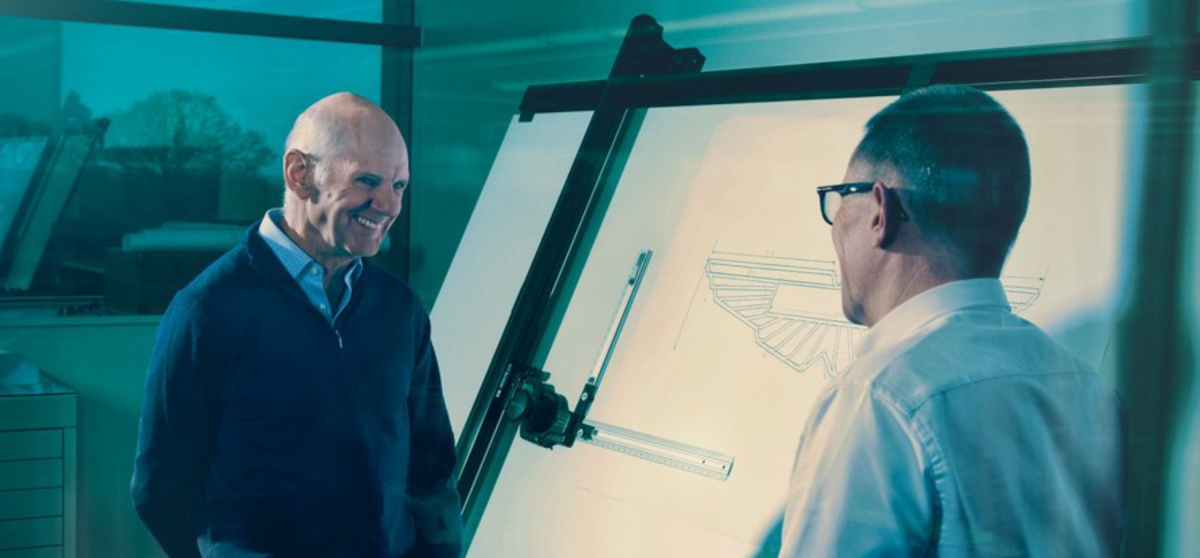
Adrian Newey (L) joined Aston Martin F1 Team on March 3, 2025
"It's a joy to work with Adrian. His experience is vast, his hunger is huge, and it [means] wonderful conversations about making fast race cars and the compromises that you have to make. And [he’s] building up good working relationships with engineers that have been pushing the concept to date.
"There's already a few areas...I'm smiling to myself; I won't give you the detail, because I don't want our opponents to know, but there's a couple of areas where already he's saying, 'Can we just push that in this direction? Can we just do that?'
.jpg?cx=0.5&cy=0.5)
A scale model inside Aston Martin’s new F1 windtunnel
"And engineers - mechanical engineers, composite engineers - are looking at it and going, 'Oh, yeah OK we'll have a go'.
“And I think that's the Adrian effect. He picks up on the areas where you should push them, and everybody's just embracing it."
Cowell added that Newey has continued to use a traditional drawing board rather than 3D computer-aided design (CAD) software.
“We all know how to read drawings; the screen's 2D in CAD, although you can rotate to observe in 3D. Adrian's drawing prowess is such that he draws sections so that you can see it in 3D. And the world of aerodynamics works with pure aerodynamicists and also people that create 3D surfaces, so they're experts in creating beautiful surfaces in the world of 3D.
"It's just bringing all that together and it's having the flexibility to work in different media, to download the creative thoughts in a human brain and collaborate together. It's a big team of people - the aero development world isn't one person, it's a group of people communicating.”
The team principal added that Newey has had a quick look at the new windtunnel - but the F1 designer has been focused on the 2026 regulations.
“Yeah, we went for a wander, without needing to put our coats on, into the windtunnel, and it was great to see him stood in the section, having a look at it, the technology and the model and the measurement equipment.
“But then he was very quickly back in the engineering office, looking at the 2026 regulations and working out the compromises needed to create a fast race car under the new rules.”
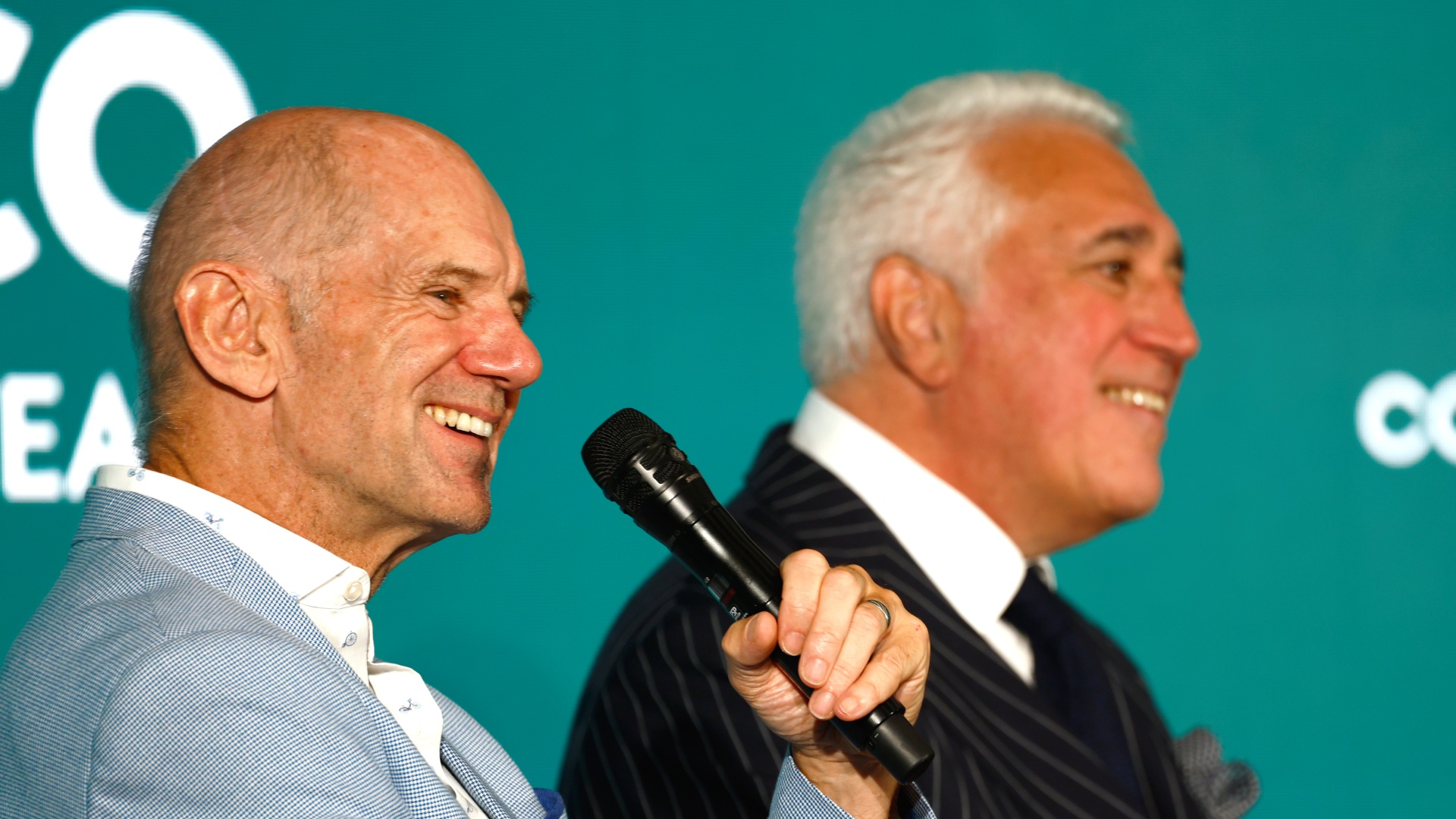

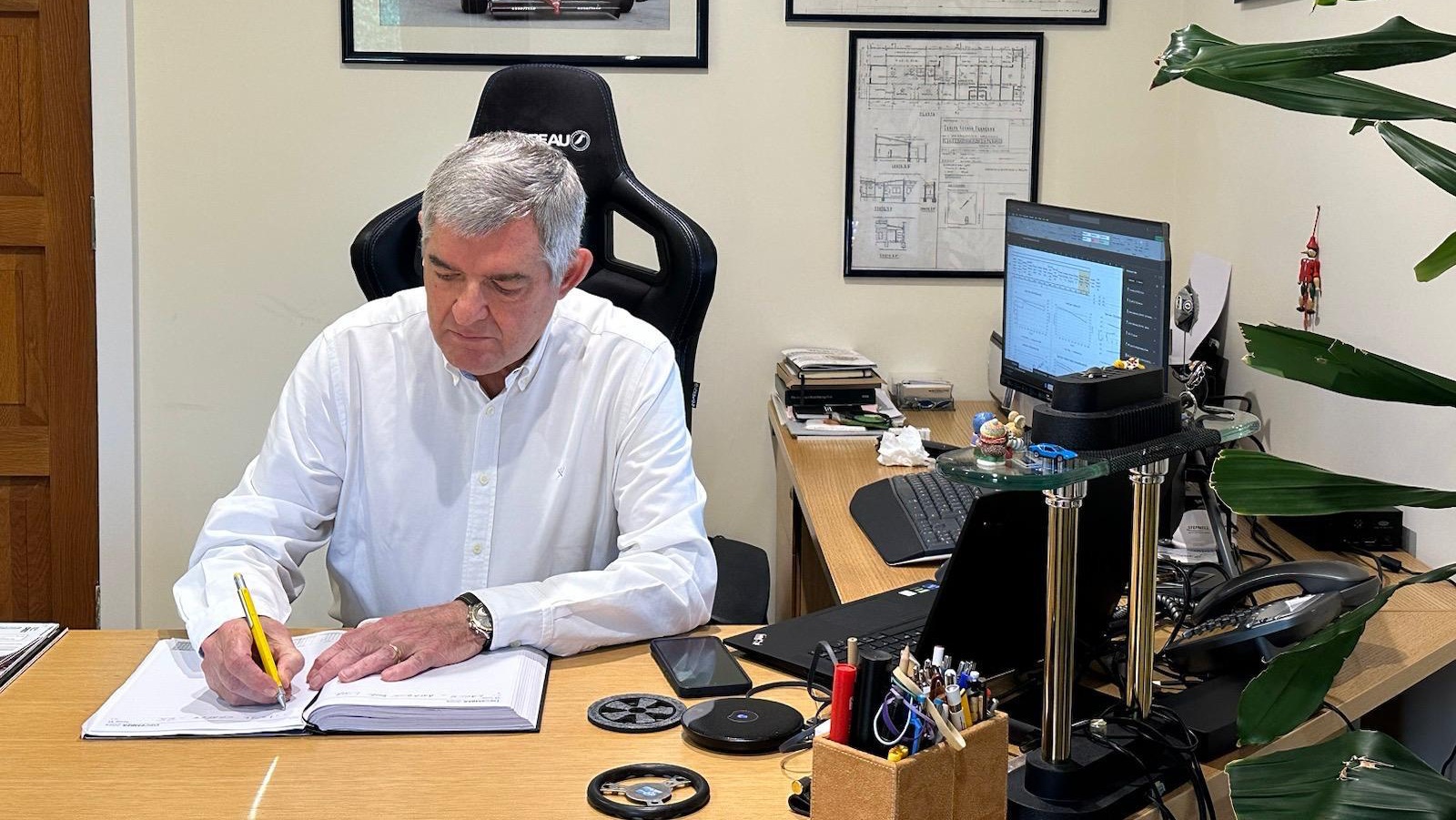
.png?cx=0.5&cy=0.5)
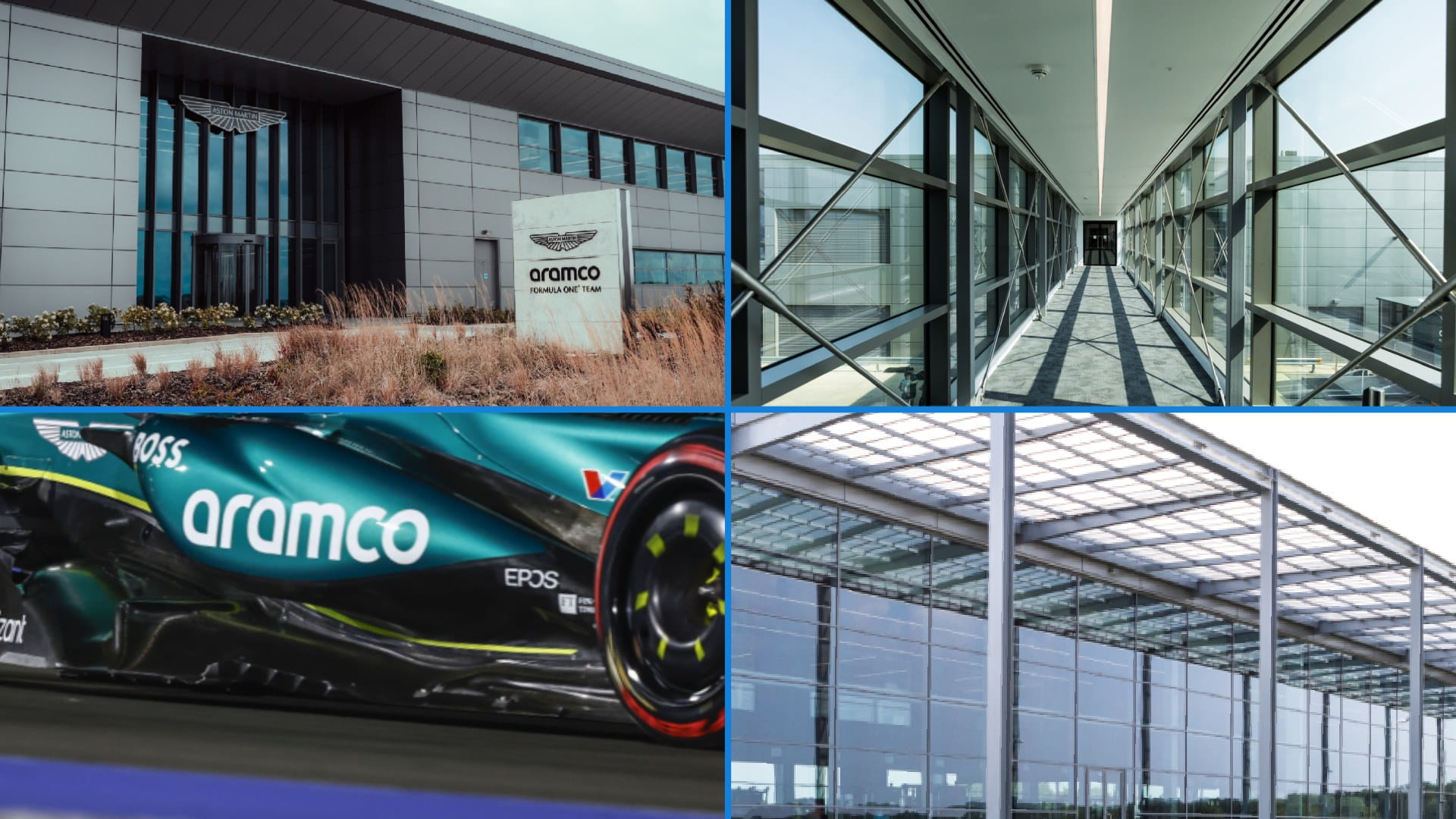
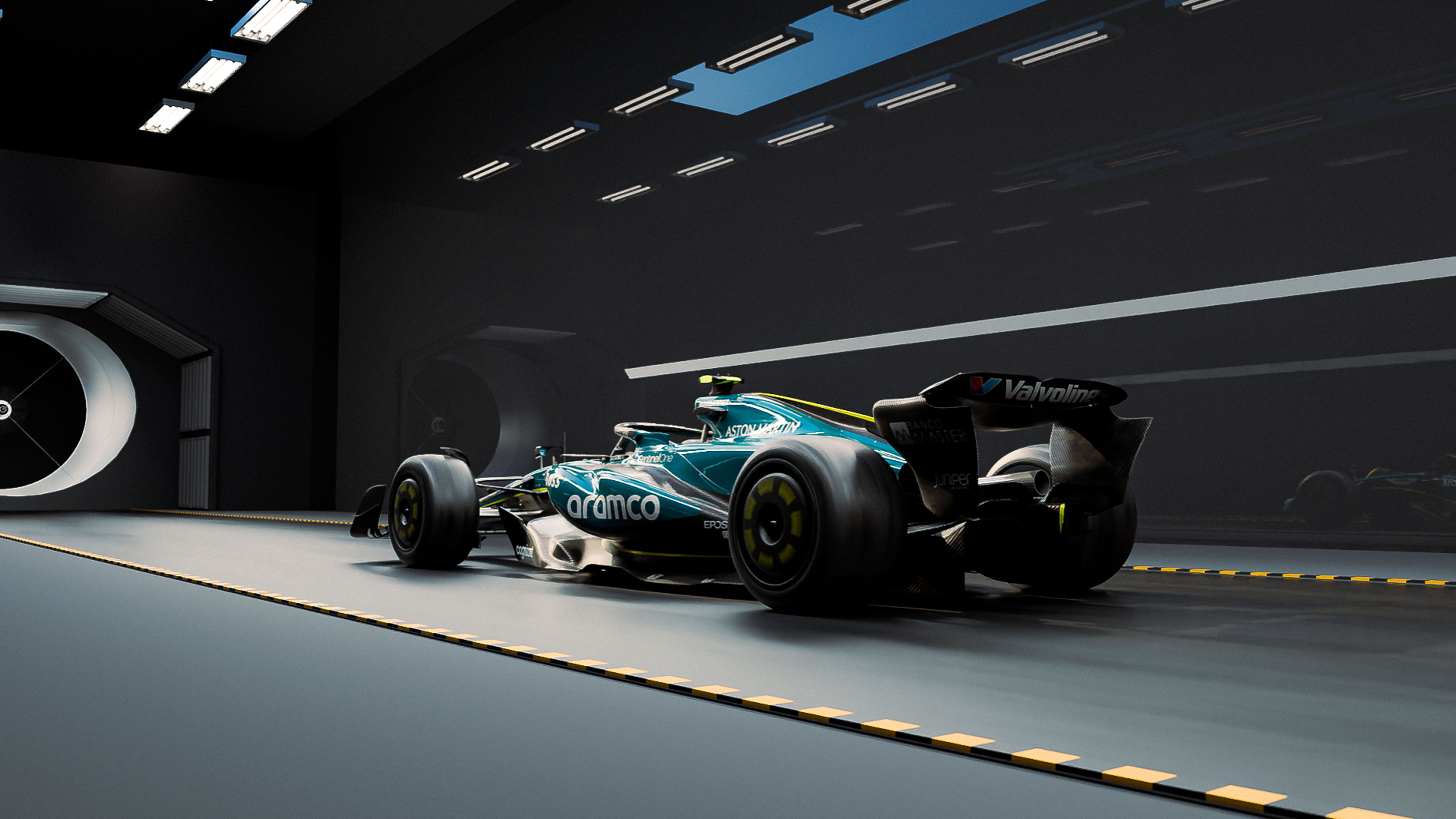
.png?cx=0.5&cy=0.5)